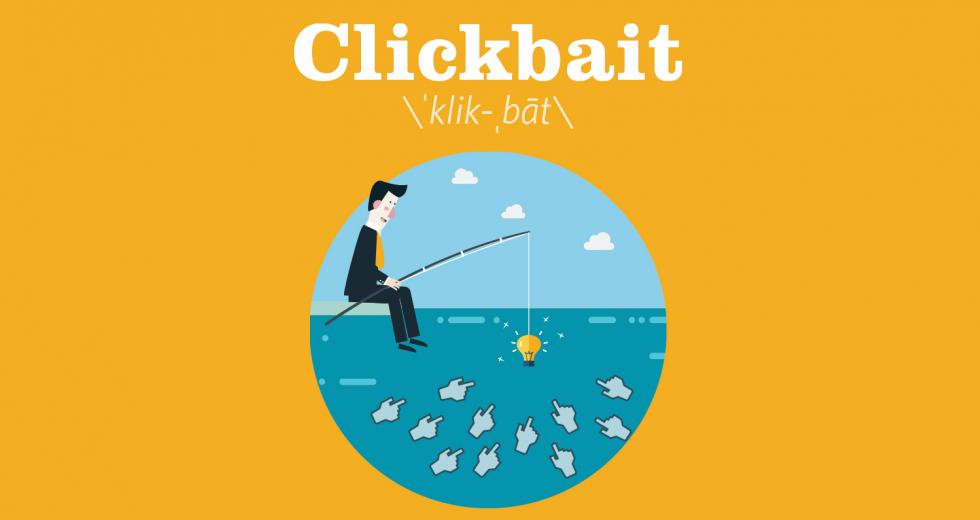Extra! Extra! Read all about it! Clickbait is not a new concept — you might even call it old news. It has existed since newsboys hit the streets in the 1800s with sensationalized headlines during the infamous newspaper wars between publishers William Randolph Hearst and Joseph Pulitzer II. Clickbait is essentially this same type of “yellow journalism” updated for the new millennium, luring readers to click on incredible headlines that lead to underwhelming content.
The Buzz
“Clickbait is the fast food of marketing,” says Mia Lopez, marketing director of Uptown Studios in Sacramento. “It’s cheap and easy.” Using clickbait is satisfying — but not really nourishing — a brand’s marketing goals, by prioritizing quantity of clicks over the quality of information. What isn’t reflected in impressive web traffic numbers is the end user’s disappointment when content doesn’t match the headline, which can fracture trust between the consumer and your brand.
Lopez believes that the tactic’s popularity is fading. At Uptown, Lopez says the term mostly comes up when educating clients about what not to do to drive web traffic. “Old terms stick around, and people in business may not have gotten the memo that it’s not the practice anymore,” she says.
The Word
At its core, the strategy behind clickbait is to create compelling headlines which drive a digital audience to a destination — not necessarily a bad thing. The differentiation lies in the quality of the content they are taken to: Higher quality results in more credibility.
“This kind of content, if executed authentically and with some thought and purpose behind it, is able to provide valuable information to your audience,” Lopez says. Brands should strive to produce content which is both compelling and beneficial.
So what are the best practices with clickbait? “Don’t be cheap and easy,” Lopez says. It takes a lot to stand out from the pack in the crowded digital world, and catchy headlines are essential. Just make sure you’re delivering.



